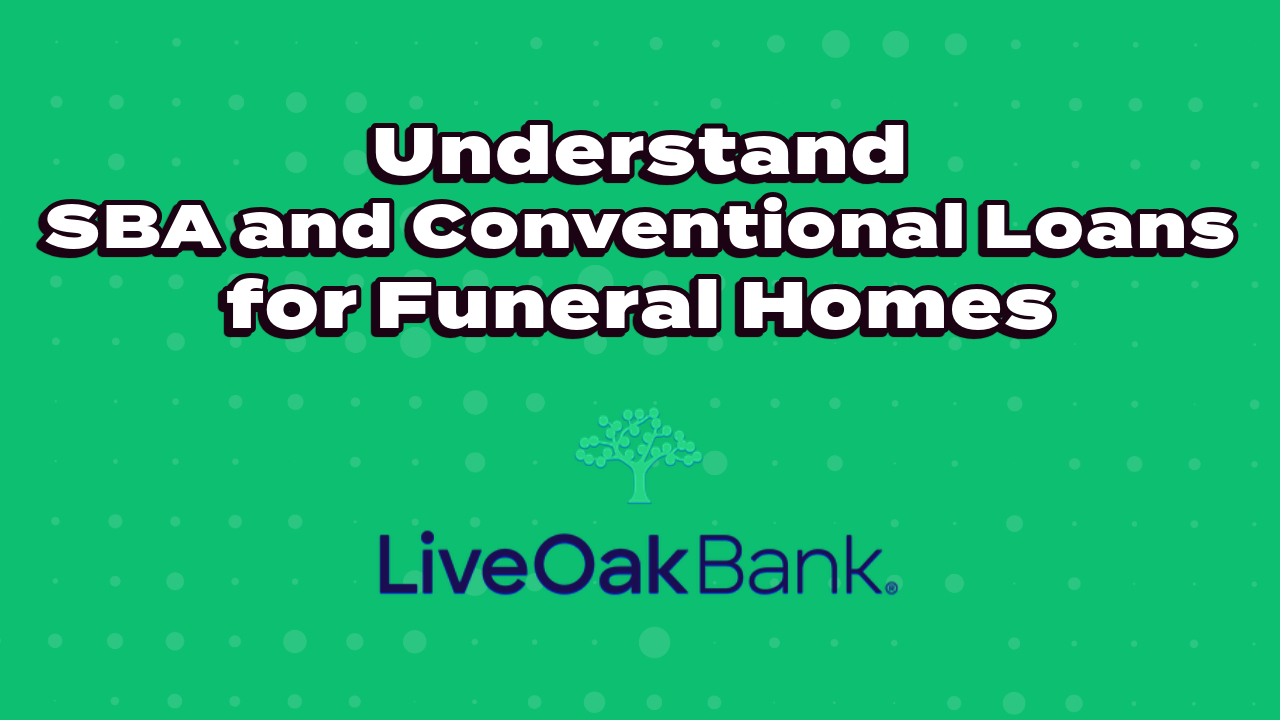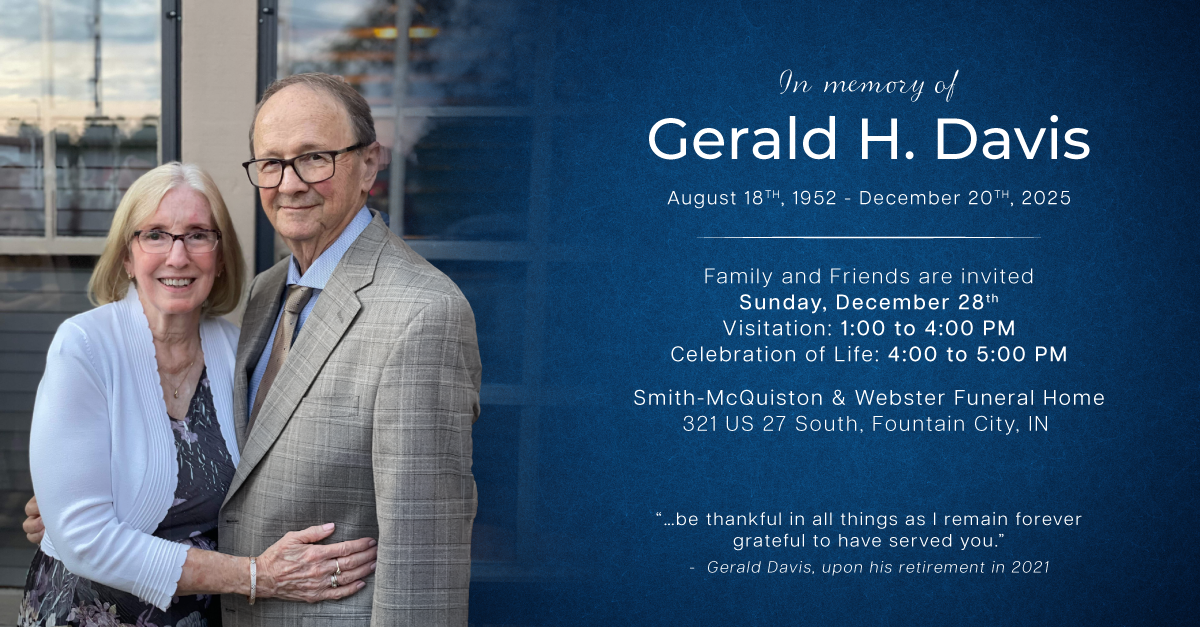Understanding SBA and Conventional Loans for Funeral Homes in 2024
By Tim Bridgers, SVP of Funeral Lending, Live Oak Bank, Member FDIC
In the ever-evolving landscape of funeral home business financing, understanding the distinctions between Small Business Administration (SBA) loans and conventional loans is crucial for growth and sustainability. In a recent episode of “Take it to the Bank,” Ryan Thogmartin and Live Oak Bank’s Tim Bridgers unpack the essential differences between these loan types, providing invaluable insights for funeral directors.
SBA loans are government-backed, meaning the capital is provided by a bank but partially guaranteed by the SBA. The government guarantee enables banks to extend beyond their typical credit reach and provide more favorable terms. SBA loans offer unique advantages, such as fee-free options for loans under $1 million and flexibility in financing goodwill and real estate in a single transaction. They also provide longer terms without covenants and flexible downpayment options. These factors make SBA loans particularly beneficial for newer or expanding businesses seeking capital with more lenient equity requirements.
Conventional loans are forms of credit that are not government-guaranteed. Although more familiar to many, conventional loans come with their own set of advantages and challenges. Without the government’s guarantee, banks take on the full exposure and, as a result, impose stricter requirements on the borrower. Typically, these loans finance around 75-80% of the real estate value, with shorter terms ranging from 5 to 7 years. They also demand higher upfront equity, making them a viable option for more established businesses that have already maximized their SBA loan capacities. While conventional loans may require more equity and present more stringent conditions, they remain a solid choice for funeral homes looking to scale significantly.
For funeral directors contemplating large-scale expansions or acquisitions, leveraging the correct type of loan is essential. Bridgers emphasizes the importance of maintaining a healthy leverage ratio and a strategic approach, which are critical factors in responsible borrowing. Local ownership presence and establishing trust with financial institutions are vital to securing large conventional loans. Whether you’re a new entrant looking to establish your presence or an established director aiming to expand, working with a funeral home and cemetery financing expert will equip you with the knowledge to make informed decisions.
Tune into “Take it to the Bank” for a deeper dive into these financing strategies and ensure your funeral home business is poised for success in 2024 and beyond.
The Live Oak Bank team, with their extensive experience, can confidently guide you through the lending process. Download Live Oak’s guide with essential details about the basics of small business loans to start informing your financial decisions today.




